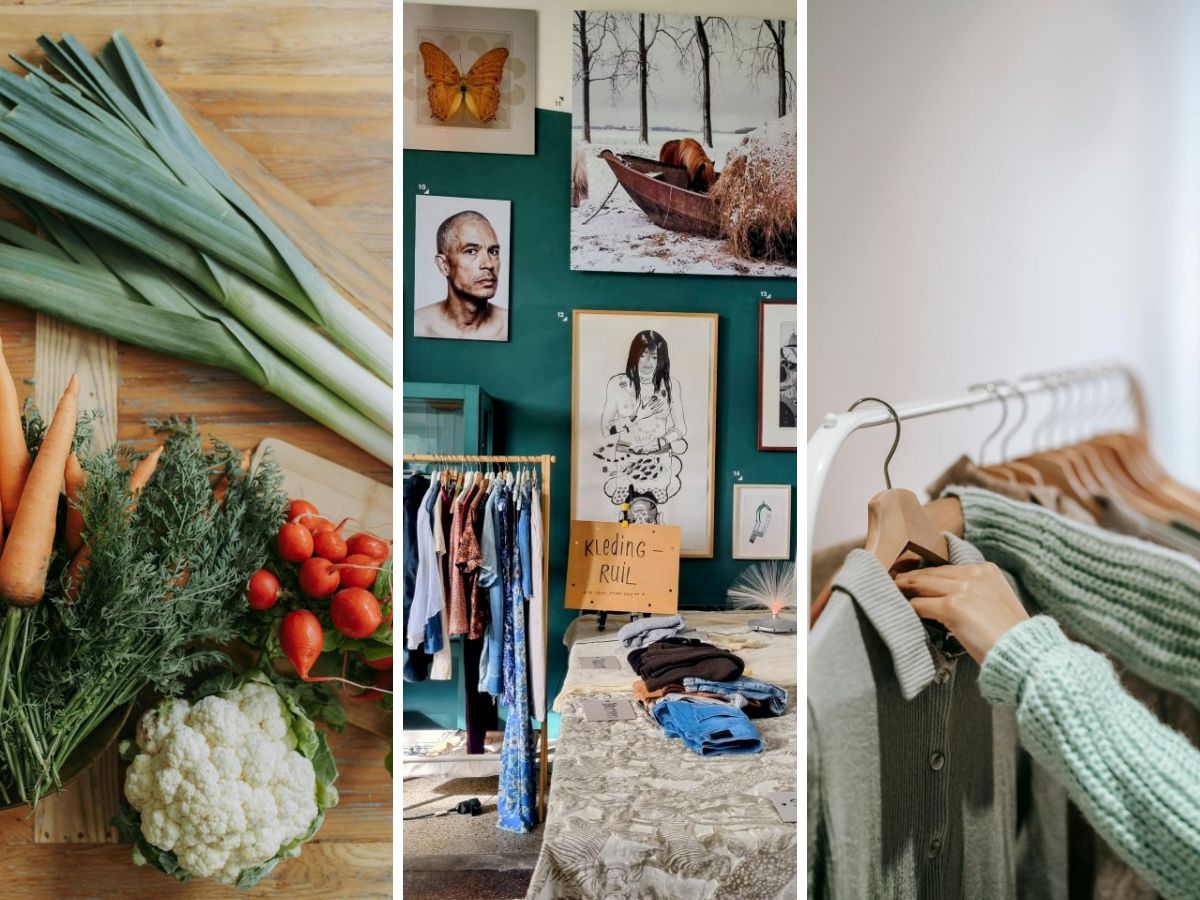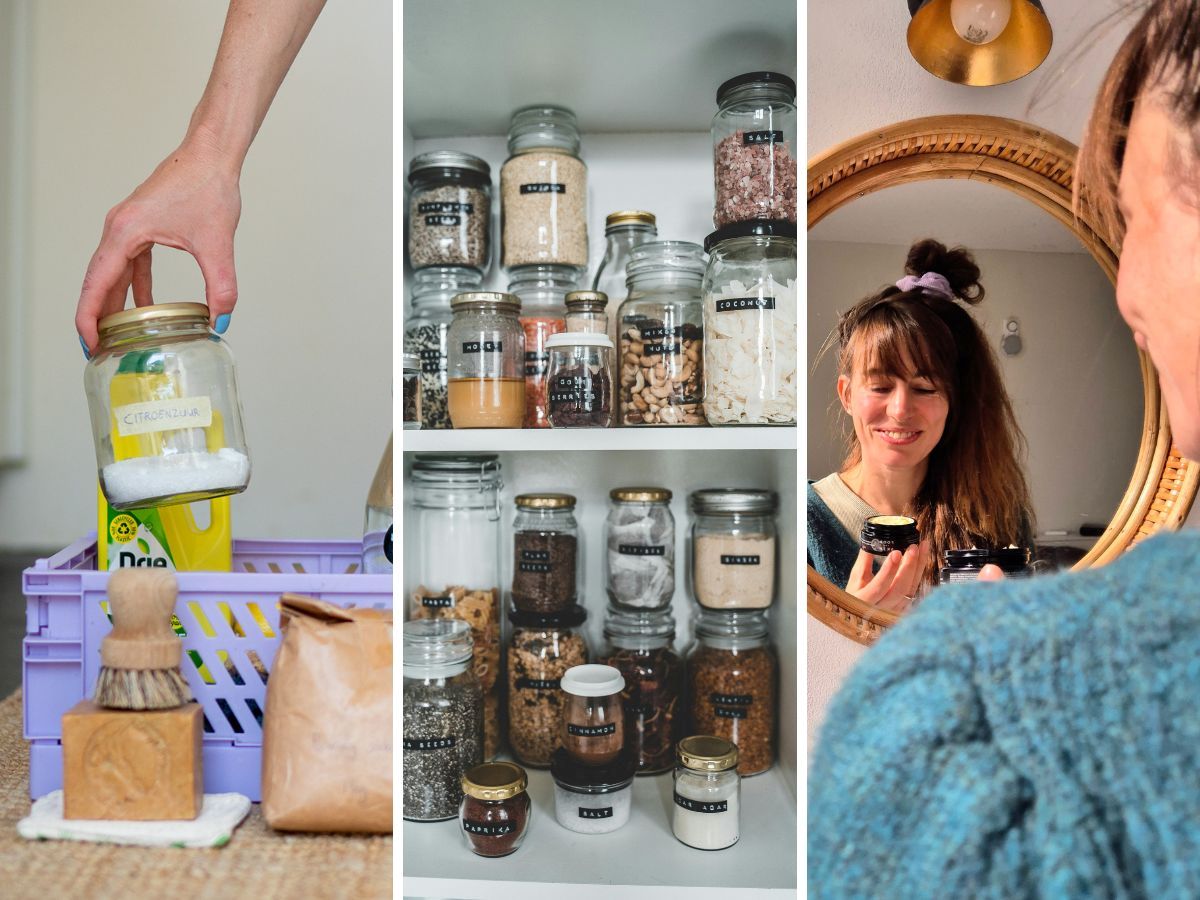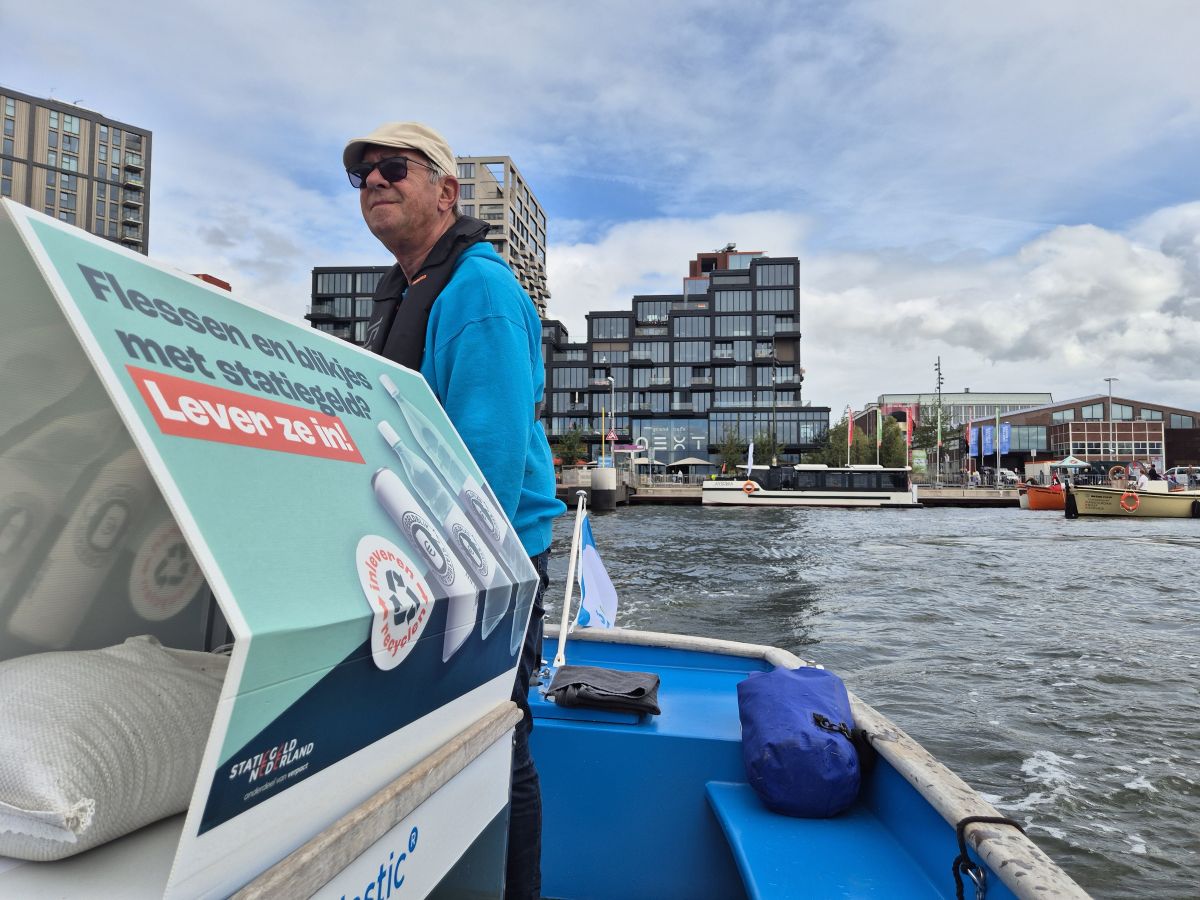Two terrible wars, a Europe shifting considerably to the right, Trump's re-election and growing uncertainty about livelihoods. There is a lot going on in the world, so sustainability is not always high on the news radar. But it is precisely in times of challenges that creativity flourishes and inspiring initiatives emerge. Like every year, thegreenlist.nl ahead. What sustainable trends do we expect in 2025? You can read it here!
The sustainable trends for 2025
With a new right-wing government, climate policy looks set to fade even further into the background. It was already uncertain whether the Netherlands would meet the 2030 climate targets. And with this government, where sustainability is not at the top of the agenda, that prospect becomes even bleaker. Although the economy is doing well and purchasing power is rising, we continue to worry about our financial situation because of the unpredictable future. This puts a brake on making more sustainable choices. Cheap webshops, such as SHEIN, TEMU, AliExpress and the new entrant Amazon Haul, are gaining ground. The result: we buy cheap items of mediocre quality en masse, use them briefly and then throw them away. Thrift shops are not happy about this either. They are flooded with items that are so bad that they are barely saleable.
Yet there is also good news, fortunately. Especially in these challenging times, creative ways to live sustainably with less money are emerging. A dissenting voice that shows you don't need the SHEINS and TEMUS of this world to score bargains at all. Moreover, the focus on quality stuff is growing again. Your grandmother was right: choose products made of good materials, solidly made, that last longer and are really worth it. This does require a keen eye, so that you do not fall into the trap of the ultra fast shopping hauls kicks in. Our trends for 2025 match this perfectly.
Free clothing: new initiatives
The first trend we spot is grátis clothing. It is a quiet revolution, with initiatives proving that you don't need cheap fast fashion to look nice. One of the most successful examples is The Clothing Loop, which has become wildly popular. Currently, nearly 15 hundred loops are active, with as many as eighty thousand participants spread across 21 countries. And counting. In this largest clothing chain exchange in the Netherlands, you regularly receive a bag of clothes via a participating neighbour. You take out what you like, refill the bag with items you no longer wear and pass it on to the next participant.
Besides the local The Clothing Loop, which takes place behind front doors, we also welcome a growing trend of public clothing swap parties. These are springing up like mushrooms, attracting more and more visitors who prefer to swap clothes rather than buy them. See the complete calendar of swap parties here. Nice!
We also spot a fun newcomer in 2024: the FREE FASHION pop-up shops in Tilburg and Amstelveen, among others. Here, people could shop second-hand clothes for free, to show that there are already so many clothes in circulation. We hope that this sustainable trend will continue in 2025 and that there will be FREE FASHION pop-ups in more cities as a counterpart to pop-up stores selling SHEIN clothes.



One of the sustainable trends for 2025: initiatives to score free clothes.
Rethinking sustainable materials and quality
The second sustainable trend we see is a revaluation of durable materials and quality. At a time when the market is flooded with stuff of mediocre quality - hello, SHEIN and TEMU, there it is again - the demand for products that last longer is growing. But it is not only fast fashion that gets criticism. Even ‘the better brands’ are increasingly opting for cheaper materials or outsourcing their production to countries with low labour costs to offset rising prices for raw materials and labour.
Take a good winter jumper, for instance: where it used to be made of pure wool, you now increasingly see warm jumpers and cardigans made partly or even entirely of polyester. A real wool jumper is hard to find these days, and if you do find one, it is often prohibitively expensive. The poor quality of many items makes consumers more critical. They do not want to buy it and if they do spend a bit more money on a nice quality piece, they want to be sure it is really better. Unfortunately, an established brand and a hefty price tag no longer offers a 100% guarantee.
Questions such as: ‘Why was this furniture made in China?’ or ‘What does the label on this vest actually say?’ are being asked more and more often. This is a good development, as it shows that people are choosing more consciously and placing more value on quality and therefore sustainability.
Fewer vegan restaurants, more vegan options out the door
The third trend we see: fewer specialised vegan restaurants, but more mainstream restaurants with vegan options on the menu. Whereas at first we saw a wave of vegan hotspots opening especially in big cities, unfortunately many of them are already having to close their doors. But how can this be, when eating less meat is becoming increasingly popular? We think it is because people already more often choose vegetarian or vegan meals at home and in a restaurant - as an exception to the rule - they want to treat themselves to a good piece of quality meat. Another factor is that you rarely eat out alone: within a company, it becomes easier to choose a restaurant that offers something for everyone - vegan and non-vegan.
There is also an increasing focus on other sustainable aspects of food, such as eating locally and seasonally, reducing food waste and avoiding industrial products. It is no longer just about veganism as the sustainable ideal, but about making more conscious choices that suit you.
Shorter chain and more focus on waste
One trend that is becoming increasingly visible is the focus on shorter chains and less food waste. This means that products go directly from farmer to plate, without unnecessary intermediate steps, and that unsaleable or forgotten vegetables are given a second chance. A great initiative is the No Waste Army, which campaigns for Dutch farmers with produce that does not meet the standard of supermarkets. Think crooked carrots, crooked onions or pumpkins that are too small. Thanks to these campaigns, these products get more attention. It strikes a chord with many people, because food waste not only feels like a terrible waste, but these local and not-perfect vegetables often turn out to be a budget-friendly choice.


Shorter chains and a focus on non-perfect fruit and vegetables are what we predict as the trend for 2025.
AI: indispensable, but energy-hungry
We cannot avoid it in this trends report: artificial intelligence (AI). Tools like ChatGPT, DALL-E, Canva's AI design feature and Grammarly make our work so much more efficient, creative and sometimes even fun. Whether you are writing texts, designing or checking your grammar, AI is an incredibly useful tool. But oef, all that computing power takes a huge amount of energy. Fact: a simple Google search consumes about 0.3 watt-hours of electricity, but an AI request, such as a text generated by ChatGPT, consumes up to 25 times more energy. Add to that our digital behaviour - like streaming, sending apps, overflowing inboxes and storing files in the cloud - and the environmental impact becomes painfully clear.
We do not predict an AI diet for now - the technology is too useful and indispensable (already) for that. But we do expect a growing awareness of the energy waste associated with digital behaviour. This will hopefully lead to new habits in 2025: clearing your cloud storage more often, emptying mailboxes and avoiding unnecessary video calls - after all, sometimes an oldskool phone call is enough.
Companies such as Google, Amazon and Microsoft are also looking for solutions to their huge energy needs. For instance, they are considering using (their own!) nuclear energy to support the growing demand of AI systems and data centres. Nuclear power also has many detractors, but it is a low-carbon energy source that could play an important role in making the (digital) world more sustainable.
More hybrid cars, an e-car for all appears to be step too far
Electric driving seemed like the future for everyone for a while, yet we see car manufacturers launching more hybrid models again. For many people, driving all-electric is still just a step too far. The biggest problem is the price. Even with subsidies, electric cars remain (too) expensive for many people. In addition, there is the well-known charging stress. The fear of being stuck with a flat battery is still too great. And then there is the range: many electric cars have to be plugged in after only a few hundred kilometres, which sometimes makes long trips less attractive.
Car manufacturers are struggling. Take Volkswagen, which invested heavily in electric models but is now struggling with disappointing sales figures. The switch to all-electric is proving expensive and difficult for many brands, and consumers are turning away because of the high prices and practical objections. And so the hybrid car comes back into the picture. It is a convenient interim solution: you can drive part of the way electrically, but if that fails, you always have a fuel tank as a back-up. For many people, this is the most viable way to be a bit greener on the road for now.
Emergency trend: more conscious energy consumption
Our energy grid is full. Expanding it is a huge project that will take years to complete. This creates a new, necessity-based trend: using our power smarter. Think of charging large appliances, like your e-car or e-scooter, but also running your washing machine or dishwasher at times when there is a surplus of green energy. This happens mostly during the day, when the sun is shining or the wind is blowing. So we predict that our energy behaviour will change even more next year. Sunny day? Laundry day!
More sustainable trends for 2025
In 2025, we will see how people continue to look for ways to live more consciously despite all the challenges. This ranges from clothing swaps to hybrid cars and from less waste to smarter digital behaviour. Small steps together make a big difference. Have you spotted a cool sustainable trend for 2025? Let us know about it! We are curious to hear your ideas for a greener 2025.
Sources: Parole, NRC, itdaily.co.uk, nu.nl, viewing magazine.nl, Volkskrant, vtr.be, nos.nl, techxplore.com.












